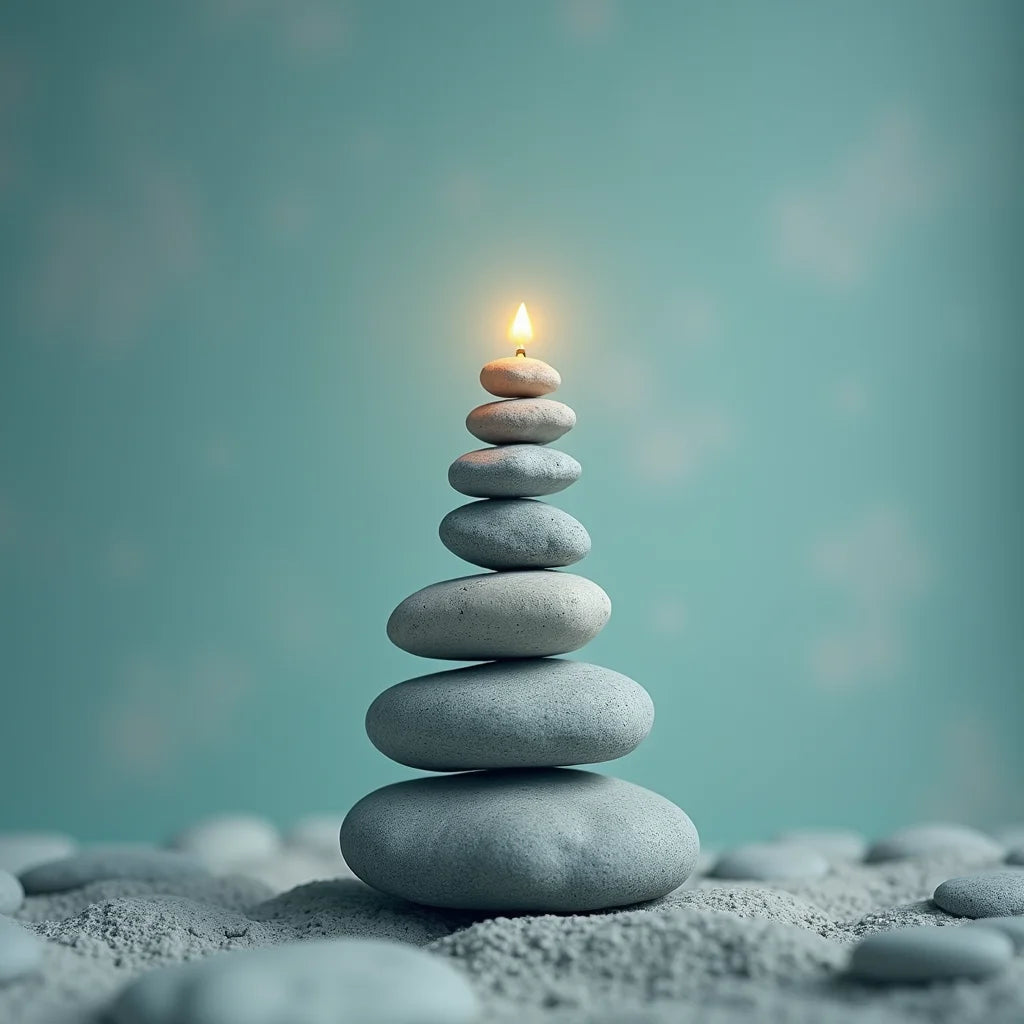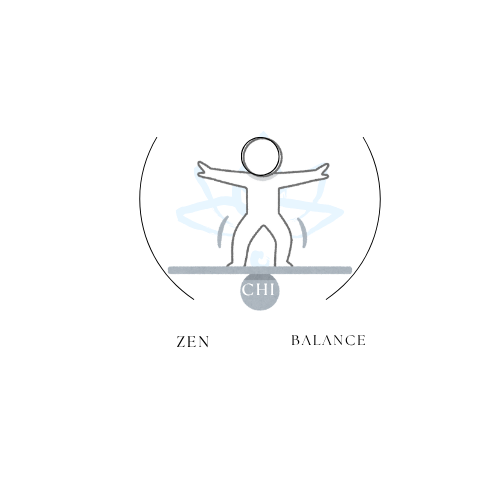
Inner Balance Playbook with 7 Anchors for a Steady Mind
Share
Updated on: 2025-10-19
Inner Balance Table of Contents
- Essential Tips for Inner Balance
-
Detailed Step-by-Step Process for Inner Balance
- Step 1: Notice your baseline with kindness
- Step 2: Set a gentle daily intention
- Step 3: Practice a one-minute breathing reset
- Step 4: Use micro-movements to release tension
- Step 5: Create a supportive environment cue
- Step 6: Reflect with a two-line check-in
- Step 7: Wind down with a simple evening ritual
- Summary & Takeaway on Inner Balance
- Inner Balance FAQs
Finding inner balance can feel elusive when days are full and attention is divided. This article offers a calm and practical approach to restoring a steady center. We will explore small shifts that nurture inner harmony, encourage emotional equilibrium, and support mental well-being. You will find mindfulness practices that are brief and flexible, along with a step-by-step routine you may adapt to your needs. If you prefer to explore more ideas and gentle resources, you might like the latest updates on our Blog.
Essential Tips for Inner Balance
These suggestions are simple by design. Each one aims to reduce friction, so you can return to a calmer, steadier state even on busy days.
- Begin small and consistent. A minute of mindful breathing or a brief pause can support inner balance more reliably than long, irregular sessions.
- Anchor balance to daily cues. Connect a short reset to something you already do—opening your laptop, brewing tea, or stepping outside.
- Honor your current energy. Choose gentle actions on low-energy days and slightly longer practices when you feel ready.
- Use plain, kind language. Speak to yourself as you would to a friend. This fosters inner harmony and encourages emotional equilibrium.
- Keep a visible reminder. A note, bead, or phone wallpaper can prompt micro-moments of calm throughout the day.
- Return to the body. A relaxed jaw, lower shoulders, and a soft belly help the mind follow the body toward balance.
- Build tiny buffers. Leave a two-minute cushion before and after meetings or tasks to reset and breathe.
- Choose a daily “one thing.” When life feels scattered, one small, meaningful action can re-center your attention.
- Let progress be gentle. Aim for steady practice, not perfection. Small, repeatable steps often support mental well-being best.
- Revisit what works. When you find a moment that restores inner balance, write it down and return to it during stressful times.
Detailed Step-by-Step Process for Inner Balance
This practical routine offers a clear path for how to achieve inner balance naturally. You may try each step as written, or adapt the sequence to fit your day. The intention is steady support, not pressure.
Step 1: Notice your baseline with kindness
Before changing anything, pause and notice how you feel right now. Give a simple label such as “calm,” “stirred,” “tense,” or “focused.” Acknowledge your state without judgment. This gentle awareness builds the foundation for emotional equilibrium, because it respects how things are before guiding them where you would like them to be.
Step 2: Set a gentle daily intention
Choose a quiet, supportive intention in one line. Examples: “I will move at a steady pace,” or “I will return to my breath when I feel rushed.” Keep the statement simple and kind. Let it serve as a compass rather than a rule.
Step 3: Practice a one-minute breathing reset
Slow, even breaths can support inner harmony. Inhale softly through the nose. Exhale a little longer than you inhale. Continue for one minute. If you prefer a count, try an easy rhythm that feels natural to you. Many people find that even a brief breathing practice can make tasks feel more manageable and promote mental well-being.
Step 4: Use micro-movements to release tension
Balance often improves when the body moves. Gently roll your shoulders, soften your jaw, and stretch your fingers and toes. If you sit often, stand for a moment and reach your arms overhead. These micro-movements invite circulation and help the mind settle.
Step 5: Create a supportive environment cue
A consistent cue can make inner balance techniques for anxiety and stress more accessible. Place a calming object on your desk, set a reminder label on a water bottle, or choose a soothing phone wallpaper. Let your surroundings offer simple nudges toward steadiness.
Step 6: Reflect with a two-line check-in
Write two short lines: “What felt steady today?” and “What would feel gentle next?” Keep your words brief. This check-in protects your attention and helps you notice what restores emotional equilibrium. Over time, your notes become a personal guide to balance.
Step 7: Wind down with a simple evening ritual
Close the day with a small, steadying action. Dim the lights, tidy a small area, read a calming page, or take five easy breaths. A modest ritual signals safety and completion, inviting inner harmony for rest and recovery.
Summary & Takeaway on Inner Balance
Inner balance grows through patience, kind attention, and small daily steps. You are not asked to perform; you are invited to listen. A brief intention, a minute of breathing, and a few micro-movements can fit into most days. With practice, these moments gather into a calm rhythm that supports mental well-being and encourages emotional equilibrium. When you discover a practice that feels natural, note it and return to it during stressful times. If you would like gentle reflections and practical ideas, you are welcome to visit the Home page for a broader overview or read the latest on our Blog.
Inner Balance FAQs
How can I find inner balance in my daily life?
It may help to weave balance into what you already do. Pair a one-minute breathing reset with making coffee, taking a short stretch before checking messages, or writing a kind intention at the start of your day. Keep each action small. When your plan is simple, it is easier to repeat. Over time, the steady repetition supports inner harmony without adding stress. If you would like a quick overview of our story and approach, the About page may be a helpful place to start.
What are the best practices to restore inner balance during stressful times?
During tense moments, shorter and softer often feels more supportive. Try a few long exhales, relax your jaw and shoulders, and look around the room to ground yourself. Then name one small next step. These simple mindfulness practices tend to reduce mental clutter and make choices feel clearer. Your goal is not to eliminate stress, but to carry it more gently until it passes. For fresh ideas you can explore at your own pace, you might enjoy the practical notes on our Blog.
How do I stay consistent when my routine changes?
It can be kind to give balance a flexible home. Choose practices that travel well: a one-minute breath, a quiet phrase, or a small movement routine. Set realistic expectations, and let your intention be a compass rather than a rule. If you need a hand finding a simple entry point that suits your day, you are welcome to reach out through the Contact page.

I'm a passionate curator at Zen Chi Balance, dedicated to spreading calm, harmony, and mindful living through faith-inspired lifestyle products. I help craft meaningful experiences for our global community of mindful shoppers.
The content provided is for informational and inspirational purposes only. It is intended to encourage personal growth, mindfulness, and balance in daily life. Zen Chi Balance does not provide medical, legal, or professional advice. For specific concerns or guidance, please consult a qualified professional. Visit us at www.zenchibalance.com for more inspiration and resources.
